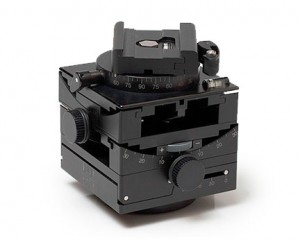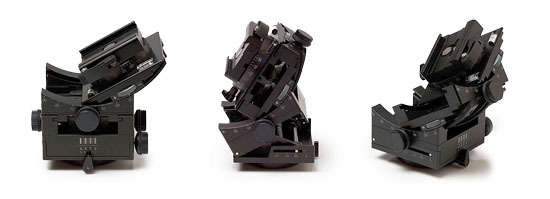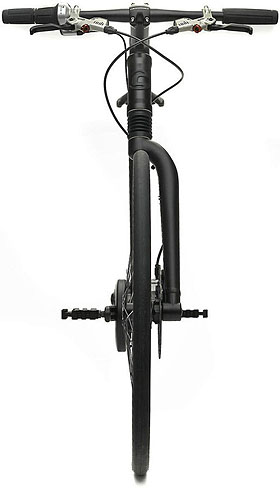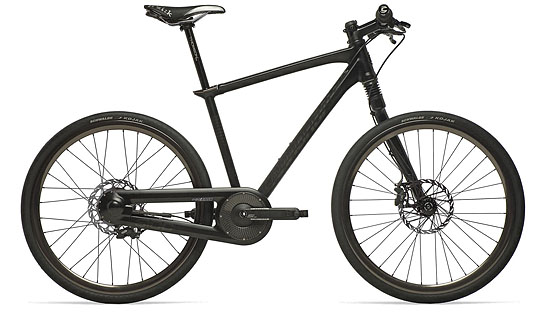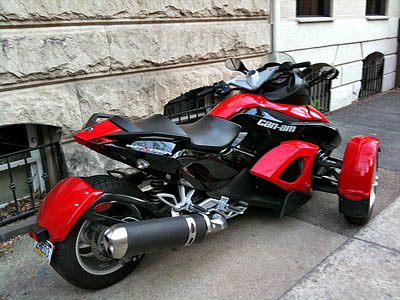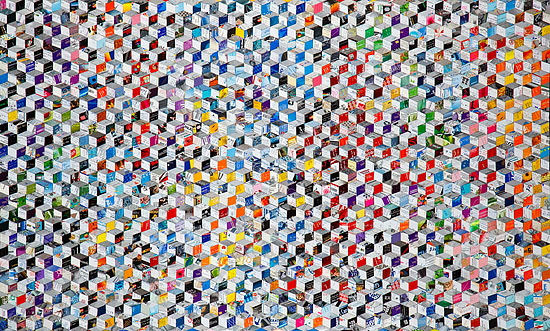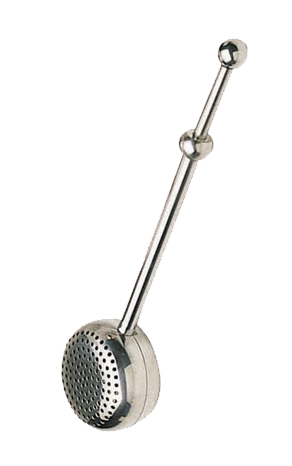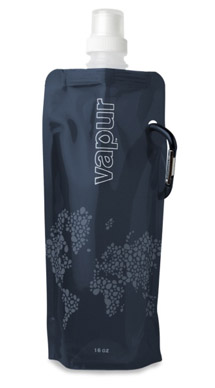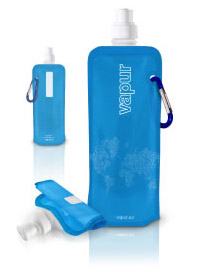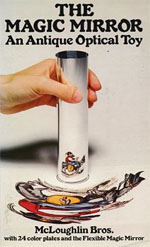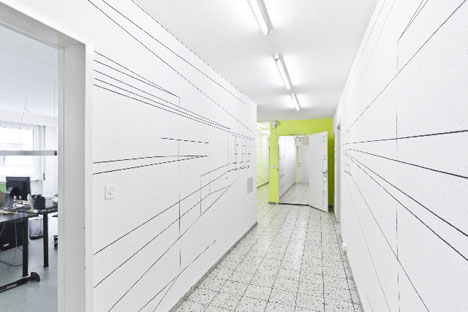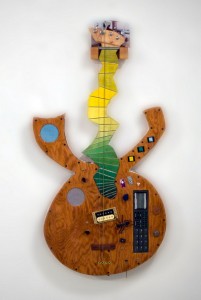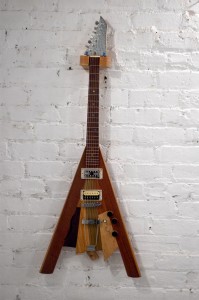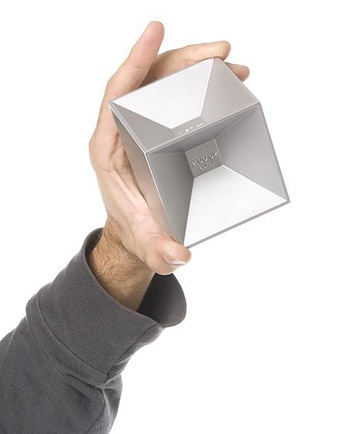
The parking robots are coming.
Over the past decade, automated parking systems have become quite common in Europe and Asia, where land use constraints are tighter and many areas more congested than the US.
Automated parking systems can fit up to 20 cars in the footprint that would traditionally house just four.
The number of automobiles produced worldwide may actually be on the decline, but we still crank out over 50 million cars each year.
Along with the new trend of “bright flight“, American city developers are feeling the capacity crunch, and auto-auto-lots have begun to appear here as well.
Although the first of these facilities — built in Hoboken, NJ in 2006 — was plagued by technical glitches and failures (little things, like dropping an unoccupied Cadillac 6 stories…), the technology has advanced quite a bit since then. Working automated lots are in use in Washington DC and New York City, with more planned for other locations.
The fourth automated lot in the country — and the first in Philadelphia — has just opened below ground at 1706 Rittenhouse Square Street.
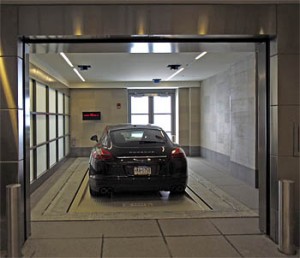
The compact, underground lot was crucial in getting the luxury, single-residence-per-floor tower approved and built. The small space, just off of Rittenhouse Square behind the Curtis Institute, had been a surface parking lot owned by Philly-based Parkway Corporation for the past several decades.
Parkway teamed with Scannapieco Development Corp and asked Cope Linder Architects to come up with a design that would maximize potential of the parcel. The group’s plan was to fit into the historic neighborhood and keep the tower’s footprint relatively small and set-back by incorporating an underground automated garage.
1706 Rittenhouse’s is the most advanced model on the market, designed by German manufacturer Wohr, who have been building automated garages since the 1970s. “It’s run by incredibly sophisticated software,” said Cope Linder partner David Ertz.
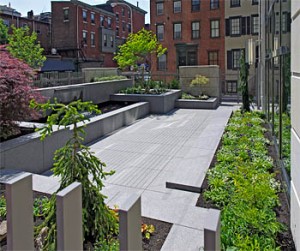
As residents of the building swipe a fob past a reader next to the elevator, the garage robot searches out their car, slides its pallet onto a lift, moves over to the entrance and raises the selected car to ground level, facing the street. A rep from Quality Elevator, in charge of maintaining the system, estimated the time it takes the car to arrive at 60 seconds or less. “It’s really just a big elevator,” he said. [6ABC has a video of the process]
The parking lot, like the rest of the tower’s design, is understated. The limestone facade that echos design cues of the older buildings on the small alleyway transitions to concrete on the upper floors, and is so minimal it’s in danger of being boring. But the 360-degree windows on each level and the attractive curbside koi pond and garden make up for it.
And they certainly look better than a gaggle of automobiles, sunning on the surface.
